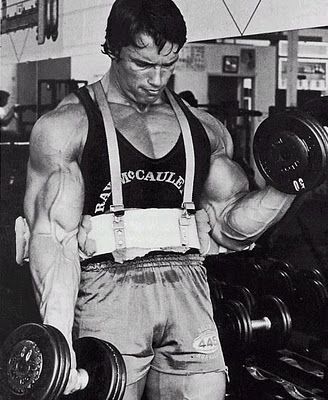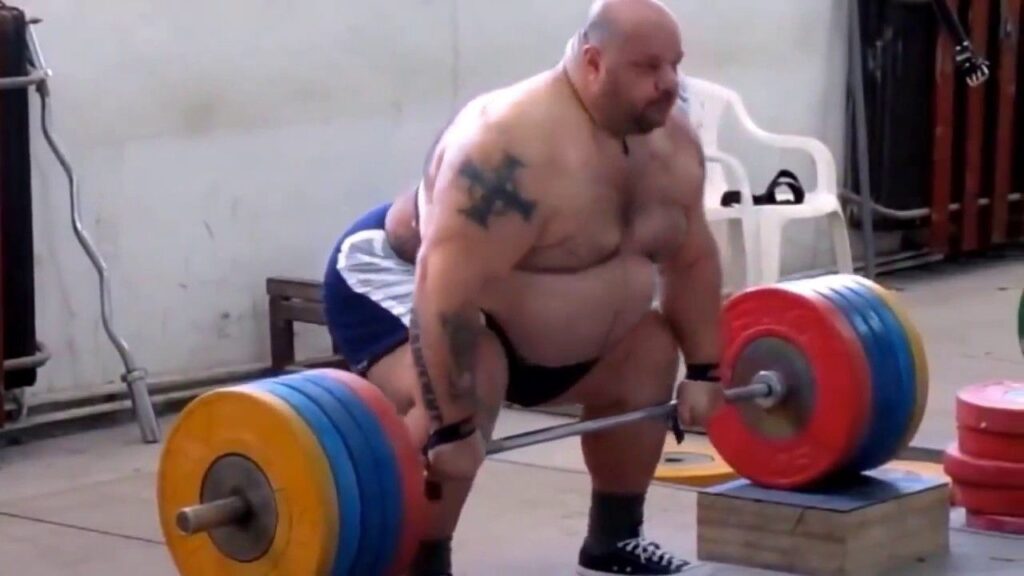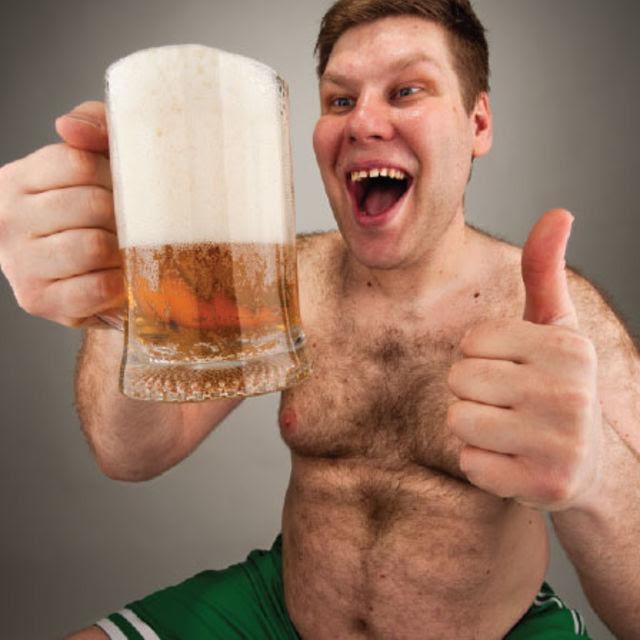Dieting shouldn’t be strictly about suffering, but it also shouldn’t be something you do 2 months before a beach holiday.
Your diet is for life — and there’s a certain temporariness to the term “dieting.”
This article seeks to demystify dieting in the simplest way possible and help you begin to sculpt the body you deserve.
Eternal Dieting Tips
1) Calories in, Calories Out and Track Your Calories
Calories in and calories out; being in a caloric deficit is the foundation to losing bodyfat when dieting.
And everything else is secondary.
You cannot lose weight if you’re in a caloric surplus; you cannot transcend the laws of thermodynamics.
However, there are things you can do to increase your base metabolic rate so that you can eat more, yet still remain in a caloric deficit.
Nobody likes to be uncomfortable when dieting. Prolonged discomfort will surely kill any impetus you had when you started dieting — and you’ll eventually return to bad habits.
This is why there are certain steps you can take to afford eating more food/consuming more calories while torching fat from your body.
2) Build Muscle!

You don’t need to eat in a caloric surplus to build muscle. You can absolutely build muscle in a deficit while dieting if you’re a novice or intermediate lifter. Advanced lifters or lifters close to their genetic potential may not, but it’s still sensible to try to hold onto as much lean tissue as possible while dieting.
Muscle is very metabolically expensive; you expend around an extra 20-30 calories per extra pound of lean tissue you gain.
Say you’ve been lifting for a year with half-decent genetics and you can easily put on 10 pounds.
That’s an extra 200-300 calories onto your base metabolic rate.
A rough guide as to what your base metabolic rate should be is your bodyweight x 15.
If you’re 200lb at 20% bodyfat, your base metabolic rate would be around (200 x 15) 3000 calories a day.
And if you struggle to lose fat at first, you can take your lean bodyweight and times it by 15.
So, at 200lb and 20% bodyfat, your lean bodyweight is 160lb and 2400 calories a day — in total, your base metabolic rate should be somewhere between 2400-3000 calories depending on your muscularity and activity levels.
Ideally, you should aim for a deficit of around 20% of your total maintenance level calories.
For this hypothetical person, it should be between 1920-2400 calories a day leaning on the higher end of the scale.
An extra 10lb of lean contractile muscle tissue would put the above lifter in the same caloric deficit with 2220-2700 calories a day — and this can be achieved in a year!
Most people can expect to gain 20-30lb of lean tissue naturally in about 5 years of hard training. After 5 years of solid training, it gets very difficult to make any significant consistent progress.
Of course, there are outliers on both ends of the spectrum.
Hardgainers may struggle to even put on 10lb in 5 years; whereas genetically gifted lifters can can 40-50lb of muscle over a lifetime of naturally lifting.
At rest, by having more muscle, you burn more calories by doing very little as each contraction expends more energy.
When exercising, by having more muscle, again, you are burning more calories as each muscular contraction expends more energy and you are carrying a greater overall weightload on top of everything else.
Granted, by being overweight, you’re not in the best physiological condition to gain the most amount of muscle possible — due to hormonal imbalances/inefficiencies as a result of being overweight — but you can still gain a decent amount of size to facilitate your diet.
3) Do Cardio!
It’s very difficult to get lean without doing cardio, but not impossible.
If you’re not taking, shall we say, less-than-legal fat-burners — that aren’t miracle pills and won’t work if your diet model is trash — getting lean while remaining sedentary is very hard to do.
Even more so the less muscle mass you have.
However, the cardio some people do may not be beneficial for their goals in mind. For example, aerobic cardio such as running may increase cortisol levels and/or interfere with recovery as it places extra stress on muscles, joints, and connective tissue.
But this does not mean that you should neglect cardio!
Some like LISS (Low Intensity Steady State) cardio, like brisk/uphill walking, a bike ride, or leisurely swimming, can be incredibly beneficial to fat loss by increasing your caloric deficit.
It can also help with recovery after vigorous exercise by improving circulation and reducing acute inflammation.
High Intensity Interval Training has been overstated in its efficacy in burning fat, with its overhyped “afterburn” effect, which is really just Excess Post-Exercise Oxygen Consumption or EPOC.
And while HIIT can marginally increase fat loss after exercising, HIIT is an excellent conditioning tool for athletes.
If HIIT is something you enjoy, try doing some HIIT before LISS to increase fat-burning, as HIIT can mobilize stored fat.
But, it must be reiterated, you cannot out-cardio a bad diet!
Calorie restriction should be your first priority, and cardio is a secondary tool to further increase fat loss and enable you to eat slightly more when losing fat.
4) Be Patient
Rome wasn’t built in a day.
It will take time to get the physique of your dream — especially if you’re dieting while natural.
But, having said that, being 25% bodyfat is better than being 30% bodyfat, and, 20% bodyfat is better than being 25% bodyfat — any incremental improvement should be welcomed.
However, many develop body image issues over mainstream pressure and unrealizable physiques achieved by fitness models.
And what happens?
Well, dieters give up too soon and end up gaining more fat, in the long run, than they had to begin with.
The sad truth is that getting to the bodyfat percentage of your dreams is going to take longer than you’d like.
You may have to wait another summer to get those shredded abs.
The important thing is to never give up and to manage a sustainable diet model rather than going all in and starving yourself.
All good things happen to those who wait.
5) Getting Back on The (Dieting) Horse

It’s no secret that the vast majority of diets fail. Many drop their calories too low when they start dieting then fall into temptation after choosing an unsustainable diet model; others merely succumb to former bad habits.
Whatever the reason for going over your calories, there’s no reason to act rashly.
For example, you eat a little too much pizza: a family-size pizza has between 2000-2500 calories.
And let’s say that you were extra-gluttonous and finished most of the pizza.
That’s 2100 calories to keep the math simple for this brief illustration.
Let’s imagine you eat 2100 calories over what you should have.
Try to amortize that 2100 calorie surplus over a week: 2100 / 7 is 300 calories a day.
Instead of going gung-ho and trying to burn off 2100 calories through an intense cardio session — good luck! — or starving yourself the following day — good luck! — try to reduce your little indiscretion(s) in a manageable way.
You could walk an extra 30 minutes and eat 10-20 less grams of fat a day for a week to make up for it.
That’s it.
See how easy it is?
Now, a longer indiscretion — take Christmas Holidays, for example — may require a longer adjustment.
As long as you’re tracking your calories, it should be easy to rectify these errors if you don’t lose your head or hope.
6) Alcohol

Most of us enjoy booze — it’s just a real shame it doesn’t do us much good.
Weighing in at a whopping 7 calories per gram, alcohol boasts the 175% caloric volume of carbs and protein.
While it is possible to lose fat while drinking alcohol, it is not advisable as alcohol can interfere with your training, testosterone levels, motivation, sleep quality, and increase inflammation.
That’s not, to say, you should avoid alcohol altogether.
A glass of red wine or a neat whisky every once in a while isn’t going to derail your diet.
But if it’s made into a regular affair, alcohol consumption will stifle your dieting progress.
7) It’s a lifestyle
Your diet should fit around your life — and not the other way around.
If an intermittent fasting diet model works best for you, then go for it.
If you can squeeze in 5 meals a day while dieting without incurring a caloric surplus to dispel hunger pangs, then go for it.
Whatever your diet may be, and if you’re getting in enough protein and micronutrients, then go for it.
The vast majority of diets fail because the word “diet” is shrouded in a negative, temporal perception.
A diet is for life, not something you do casually every now and then. Some people allow themselves to pile on the pounds, only to resort to extreme measures when they’ve realized the errors of their ways.
We all know guys and girls who punish themselves with unsustainable dieting before an event or holiday to reverse their bad habits.
And, sadly, it doesn’t have to be this way.
All dieting takes is a little discipline and consistency.
Don’t hesitate to email us at [email protected] for personalized coaching and a client questionnaire if you’d like DEDICATED tailor-made personal training on strength training, building muscle, losing fat, developing athleticism, and more — all to your liking, lifestyle, habits, and taste!
Otherwise, don’t forget to claim your FREE eBook detailing how to lose 20lb of fat while building muscle in 12 weeks! You can claim it here.
Alternatively, you can pick up a FREE eBook on fundamental strength principles offering an introductory workout program.










